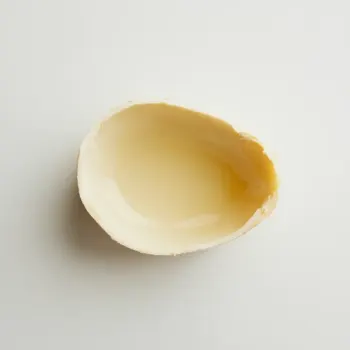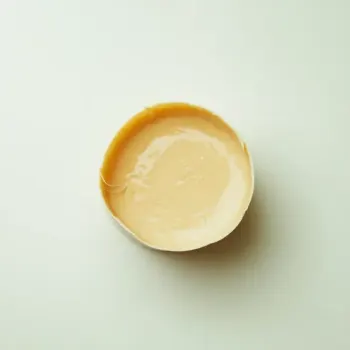Lard is a rich, pork-derived cooking fat ideal for flaky pastries and savory dishes, while vegetable shortening is a plant-based, flavor-neutral fat used for consistent textures and high-heat frying. Both can be used interchangeably in recipes, considering flavor preferences and dietary restrictions.

Lard is a traditional cooking fat made from rendered pork fat. It's known for its rich flavor and is commonly used in baking and frying.

Vegetable shortening is a solid fat made from hydrogenated vegetable oil. It is flavor-neutral and has a high melting point, making it popular for baking applications.
Lard is animal-based with a distinct taste, while vegetable shortening is plant-based and flavor-neutral. Lard has a lower melting point, which can create flakier pastries, whereas vegetable shortening's higher melting point results in a more consistent texture. Source-wise, lard comes from pigs, and vegetable shortening is made from various plant oils.

Your ultimate Recipe Box, Meal Planner, and Cooking Class all in one
Ideal for savory pie crusts like quiche, lard creates a flaky, tender texture. Use it for its flavor and ability to create distinct layers in the crust. Best for sweet and savory pies where a neutral taste is desired. Provides a uniformly tender crust and is often used in combination with butter for texture and flavor.
Adds a depth of flavor to biscuits and scones, perfect for recipes that complement its rich taste. It provides a desirable flakiness to these baked goods. Creates high-rising biscuits and scones with a soft, even crumb. Use it to achieve a light and airy texture without altering the flavor profile.
Enhances the flavor of fried foods like chicken or potatoes, imparting a signature richness. Lard's lower smoke point needs careful temperature management. A reliable option for deep-frying due to its high smoke point, resulting in a crisp exterior without absorbing excess oil.
Substitute lard for shortening or vice versa in a 1:1 ratio for most recipes. However, keep in mind that lard will contribute a distinctive flavor, particularly noticeable in sweet pastries and pie crusts, whereas vegetable shortening will maintain a neutral taste.
Lard is higher in saturated fat and contains cholesterol, while vegetable shortening is cholesterol-free and often contains trans fats due to the hydrogenation process.
| Nutrient | Lard ( per 100 grams ) | Vegetable Shortening ( per 100 grams ) |
|---|---|---|
| Fat | 100g | 100g |
| Protein | 0g | 0g |
| Calories | 902 | 884 |
| Cholesterol | 95mg | 0mg |
| Carbohydrates | 0g | 0g |
| Saturated Fat | 39g | 23g |
Each has its pros and cons; lard contains cholesterol and saturated fat, while vegetable shortening has trans fats. Health implications depend on your dietary needs and restrictions.
No, lard is not suitable for vegetarians as it is derived from animal fat. You would need to find a plant-based alternative.
Refined lard has a very subtle flavor that is usually not noticeable in baked goods, though it may impart a slight savoriness, which can be desirable in some recipes.
Vegetable shortening is chosen for its neutral flavor, consistency in baking, and suitability for those avoiding animal fats for dietary or ethical reasons.
Lard should be stored in a cool, dark place or refrigerated to extend its shelf life. Vegetable shortening can be stored at room temperature, away from direct sunlight and heat.